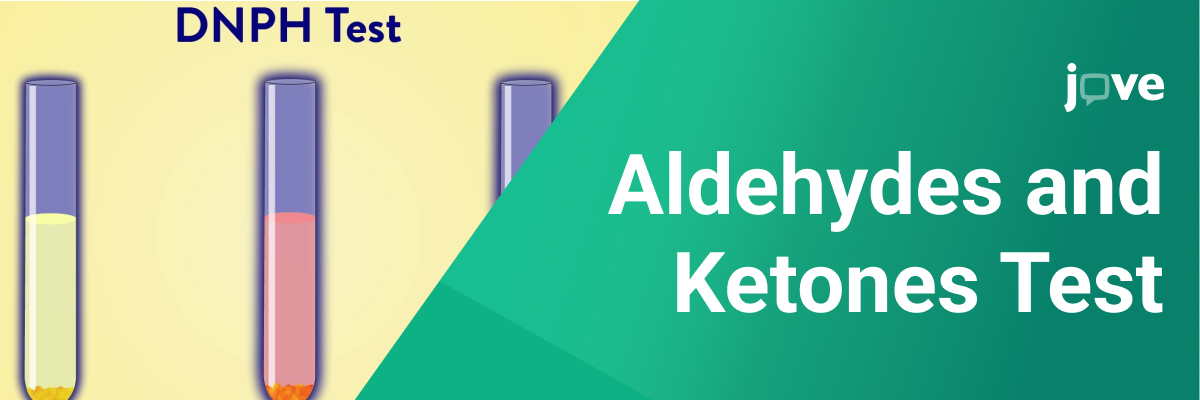In this blog post, we will delve into the fascinating world of aldehydes and ketones, two important classes of organic compounds. These chemicals are commonly found in various household and industrial products, playing vital roles in numerous applications. Understanding their structures and reactivities is crucial for anyone studying organic chemistry or working in related fields.
What are Aldehydes and Ketones?
Aldehydes and ketones are common in many household and industrial products. Both types of chemicals feature a carbonyl group (C=O) as their functional group. Aldehydes have at least one hydrogen atom connected to this carbonyl group, making them more reactive. In contrast, ketones have two alkyl or aryl groups attached, which makes them more stable and less reactive.
Examples of Aldehydes and Ketones
Below are a few examples that highlight the diversity and utility of aldehydes and ketones:
- Formaldehyde (HCHO) - Used in building materials but can irritate your eyes and nose.
- Acetaldehyde (CH3CHO) - Found in ripe fruits and coffee.
- Acetone (CH3COCH3) - The simplest ketone, widely used as a solvent.
- Benzophenone (C6H5COC6H5) - Used in manufacturing and as a UV blocker in sunscreens.
Introduction to Aldehyde and Ketone Testing
Testing for aldehydes and ketones is critical in various settings, ranging from scientific laboratories to industries like food processing and healthcare. Proper testing ensures safety and compliance with health standards, helping to identify and mitigate potential hazards associated with these organic compounds.
Importance of Identifying Aldehydes and Ketones
Identifying aldehydes and ketones accurately is crucial due to their wide use in synthesizing other chemicals and their potential toxicity in high concentrations. Accurate identification helps maintain safe and efficient operations, whether in a lab or an industrial environment. It is key to managing risks and optimizing chemical processes, particularly because some aldehydes and ketones are precursors to more complex chemical syntheses or are significant as pollutants.
How to Test for Aldehydes and Ketones
When testing for these chemicals, it is imperative to wear safety gear, such as gloves and goggles, to protect against irritation. Working in well-ventilated areas is also crucial to avoid prolonged exposure to potentially harmful fumes.
Chemical Methods for Aldehyde and Ketone Detection
- Tollens' Test (Silver Mirror Test): This test distinguishes aldehydes from ketones by oxidizing aldehydes to carboxylic acids, which in turn reduce Ag+ ions in the Tollens' reagent to metallic silver. This deposition creates a mirror-like finish on the glass, indicating the presence of an aldehyde. Ketones do not react in this test, providing a clear differentiation.
- Schiff's Reagent: This reagent is initially colorless but turns bright pink upon contact with an aldehyde. This change provides a quick and visual confirmation of aldehyde presence, useful for educational and rapid screening purposes.
- Fehling's Solution: Used primarily to detect reducing sugars (a type of aldehyde), Fehling’s solution changes from blue to a brick-red precipitate when heated with an aldehyde. This test is valuable for qualitative analysis and is particularly effective in identifying reducing sugars in biological and food samples.
Learning About Aldehydes and Ketones with JOVE.com
For those interested in a deeper understanding of the structure and reactivity of aldehydes and ketones, JoVE.com offers extensive educational content. With detailed diagrams and instructional videos, JOVE provides a visual and theoretical approach to complex organic chemistry concepts, aiding both academic learning and practical application.
Conclusion
This guide provides a comprehensive introduction to the methods and importance of detecting aldehydes and ketones. Whether for students, educators, or industry professionals, understanding these methods and implementing safety measures are essential for handling these chemicals effectively and safely. Through proper testing and education, such as that provided by JOVE.com, individuals can enhance their knowledge and skills in dealing with aldehydes and ketones, thereby improving safety and efficiency in their respective field
